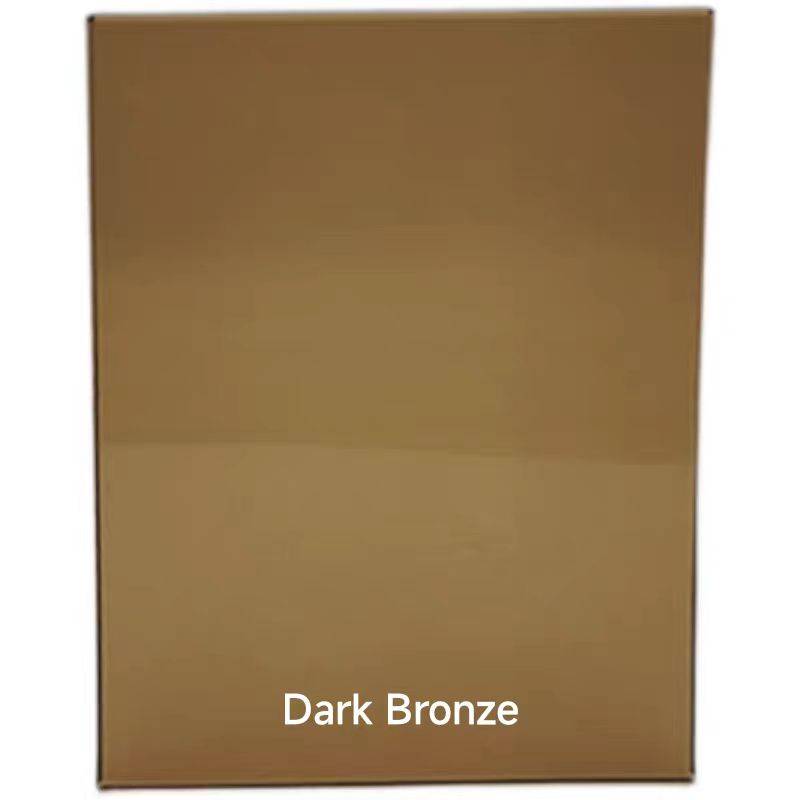

Understanding Pattern Glass Types A Unique Decorative Element
Pattern glass, a fascinating medium in the world of glass artistry, refers to glass that is molded or designed with various patterns on its surface. This technique not only enhances the aesthetic appeal of the glass but also serves functional purposes, such as diffusing light, adding privacy, or increasing strength. The intricate designs of pattern glass types contribute to their popularity in both architectural and decorative applications.
One of the most captivating aspects of pattern glass is its historical significance. The technique emerged prominently during the 19th century, coinciding with the Industrial Revolution when innovations in glass production made it more accessible. Artisans began experimenting with molds to create distinct textures and designs, leading to the development of various pattern glass types. These types ranged from simple geometric shapes to elaborate floral motifs, each telling a story about the period's artistic preferences.
Among the most recognizable pattern glass types is the pressed glass, created by forcing molten glass into molds under high pressure. This method allows for high volume production while maintaining intricate designs. Pressed glass often features patterns like hobnails, diamonds, or starbursts, making it a favorite for decorative objects, tableware, and architectural elements like transoms and sidelights.
Another notable type is ruffled glass, characterized by its wavy, ruffled edges. This style often adds a touch of elegance and is typically seen in lamp shades and vases. The ruffling process not only creates visual interest but also enhances the manipulation of light, casting unique shadows and reflections that change throughout the day.

Then, there is satin glass, known for its smooth, matte finish. This type of glass is often used in bathroom fixtures and decorative items, as its texture provides a soft, inviting appearance while also diffusing light effectively—perfect for creating a serene atmosphere in any space. Satin glass can come in various colors, making it versatile for different design aesthetics.
In contrast, etched glass involves the application of acid or abrasive techniques to create patterns on the surface. Etched designs can range from simple lines to complex scenes and are commonly utilized in doors, windows, and shower enclosures. This technique enhances privacy while still allowing light to filter through, striking a balance between seclusion and openness.
Emerging in recent times is the digital printing on glass, a modern technique that allows for unparalleled customization of pattern glass types. With advances in technology, manufacturers can digitally print intricate images and patterns directly onto glass surfaces. This innovation opens up a realm of possibilities for designers and architects, enabling them to create bespoke glass installations that reflect personal style or brand identity.
Pattern glass types are not only about aesthetics; they also offer practical benefits. The texturing of the glass can improve its durability and resistance to breakage. Additionally, it can serve as a natural means of limiting visibility without completely obstructing light, making it ideal for applications where privacy is essential.
In conclusion, pattern glass types represent a unique intersection of art and functionality. Rooted in history yet continuously evolving through modern techniques, these glass types provide a wealth of options for interior design and architecture. Whether used in decorative pieces or structural components, the beauty and versatility of pattern glass make it an enduring choice in the design world. As we move forward, we can anticipate more innovative designs that will continue to captivate and inspire.